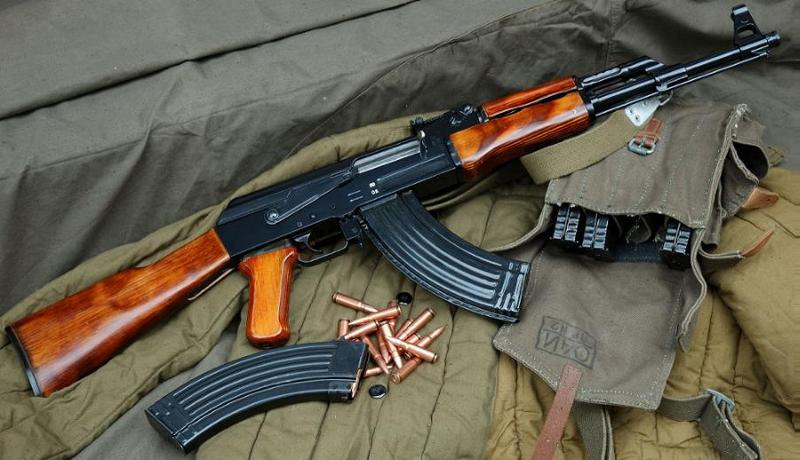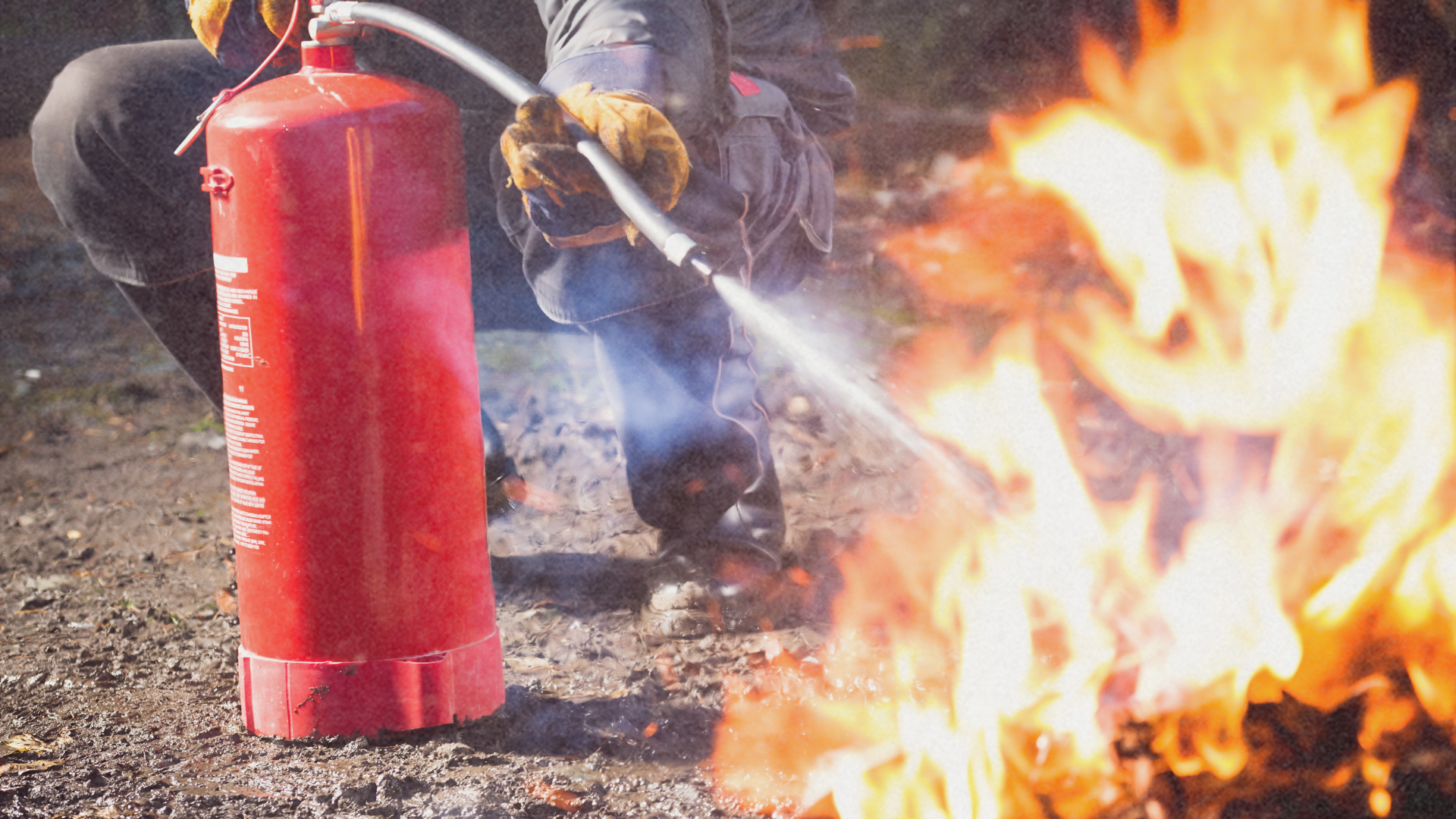Contributor Grace Guiang and the editors of SecurityMatters on President Duterte’s pivot east, which might lead the Philippines to buying weapons from the United States’ former rival.

On January 3, 2017, two warships from Russia arrived in the Philippines for a goodwill visit. It was seen as a sign of warming ties between countries that have had little opportunity to warm up to each other previously because of the big boy in the room–the United States. But with the advent of the administration of President Rodrigo Duterte–who has made clear he wants to loosen ties with the current world superpower–the Philippine government has been warming up to two regional powers: the Russian Federation and the People’s Republic of China.
As part of this eastern pivot, the Philippine military has expanded its prospects for arms suppliers.
The intention was prompted by the U.S. State Department’s blocking of a sale of 26,000 assault rifles to the Philippine government due to concerns over human rights violations–alleged extra-legal killings of suspected drug users and dealers along the streets of Manila, which has so far resulted in at least 3,000 deaths.
Russia, on the other hand, expressed willingness to fill in the Philippines’ demand for arms and possibly other security hardware.
Last November, the Russian Federal Service for Military-Technical Cooperation and Concern Kalashnikov, the country’s largest arms manufacturer, separately briefed the Philippine Embassy in Moscow on the products and services they could provide. The latter showcased the latest AK-47 models, which can fire 600 rounds per minute.
Philippine Ambassador to Russia, Carlos Sorreta, reported that the suppliers have offered favorable discounts, and have arranged for extended payment schemes, personnel training, after-sales service and maintenance, technology transfers, investments in domestic military production and servicing, and different modes of financing.
In addition to all of this, the ambassador claims that there are “no conditionalities attached to these sales.”
The Philippines is also eyeing to buy two to four MI14 or MI24 helicopters, worth between 12 to 17 million each, and are designed for the battlefield, search and rescue operations, and for carrying weapons.
During a roundtable discussion at the Development Authority of the Philippines, Dr. Victor Sumsky of the Moscow State Institute of International Relations pointed out that military sales is a possibility, but this should not be viewed as the only possibility through which PH-RU relations can mature. The initiative is entirely dependent on the plans of the Philippine government, he said.
Relations between the two states are not something totally new. Even as they were previously low key, they were possible in a post-Cold War world. The Philippines has previously sent high-level officials to Russia for dialogues and consultations regarding defense and trade. There is ongoing bilateral intelligence exchanges about national security, combating new psychoactive substances, energy supply, and agriculture.
Russia has similar problems with the Philippines in drugs, arms, and human smuggling. As an archipelagic state, the Philippines could enhance its maritime security by acquiring naval vessels and radar systems from Russia. Both states could explore deeper non-conventional threats, such as cybersecurity and ISIS, and information sharing.
It is entirely possible that in a generation or two, Philippine soldiers will be armed not with American-made rifles, but instead with the descendants of the AK-47 Assault Rifle, a.k.a., the Kalashnikov–the longtime staple firearm of the former Union of Soviet Socialist Republics (USSR), now the Russian Federation, and its allies.
However, officials and experts from both states agreed that a military alliance is not possible in the near future.
Even if it were attempted, adopting Russian military hardware isn’t as easy as plug and play. As one of the oldest, staunchest U.S. allies in Asia, the Philippine Armed Forces has used NATO military hardware for as long as living memory serves. About 75% of military imports since the 1950s came from the United States.
Regular imports of Russian military hardware would introduce a whole different system into a formerly NATO-dominated organization. Imagine having used Apple computers your whole professional life, then all of a sudden having to shift to PCs. Then multiply that to the scale of our national security services.
But then again, a partial shift in procurement spending would be possible. Furthermore, President Duterte has stated that both China and Russia have agreed to give the Philippines a 25-year soft loan for military equipment, which underscores possible advantages. It would diversify the Philippines’ weapons purchases, opening up the country to a source of relatively cheaper weapons from eager sellers.





